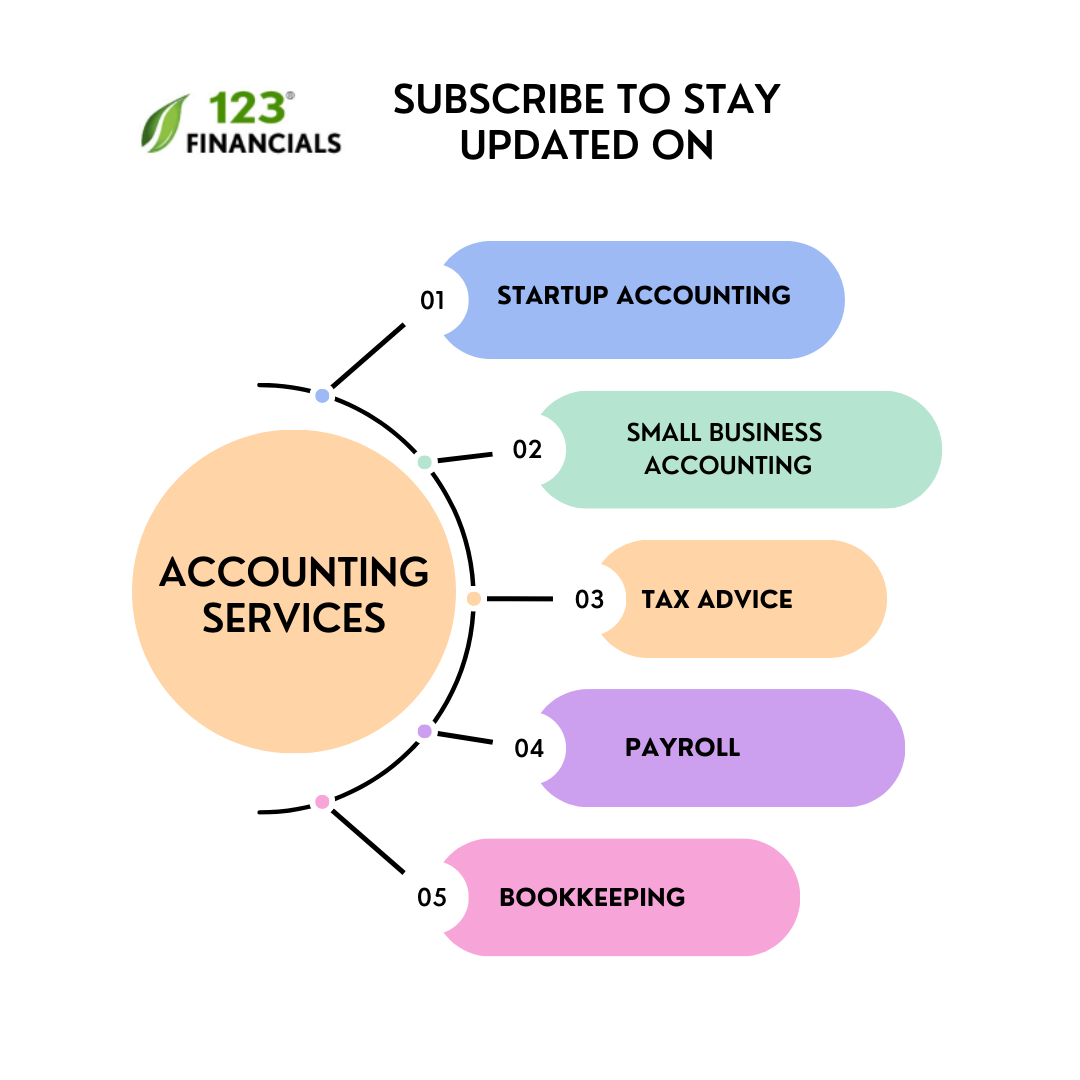As a UK startup entrepreneur, comprehending your company’s financial health is essential for making educated choices and driving growth. A set of basic financial statements is one of the fundamental instruments to evaluate your company’s financial performance.
Hire Accountants for Startup
Work with a UK-based accountant for tax, accounting, payroll, & EIS/ SEIS needs.
A financial statement enables investors to evaluate key financial data such as profits, losses, and expenses. This allows them to identify whether a startup is a feasible investment choice.
But which reports are the most essential to keep an eye on? This post will explore the most crucial financial statements.
Table of contents
- Important financial statements for UK startups
- Tips for understanding financial documents
- Final thoughts
Important financial statements for UK startups
Income statements
It is a financial document that provides an overview of the revenue, cost of sales, operating expenses, admin expenses, finance charges, other income, and taxes within a given time frame.
Income or P&L statements are essential to GAAP (Generally Accepted Accounting Principles). Additionally, it displays the amount of money you spend and the profit you make over a specific time frame.
The income statement discloses how much your business made each quarter or fiscal year. It can assist you in ascertaining the profitability of your business. Track modifications over time so you can respond appropriately. The income statement is among the most crucial financial reports regardless of the company’s size.
Balance Sheet
The balance sheet, derived from the fundamental accounting equation, lists the company’s assets, liabilities and equity at a given time.
Since it’s a static report, it doesn’t display changes over time but demonstrates how well company resources are being used. Startups frequently use balance sheets to assess capital structure and compute debt-to-equity ratios.
Cash flow statement
The cash flow statement represents changes in a business’s cash inflows and outflows over a specific period and is another important financial statement.
It records cash transactions from three main activities: investing, operating, and financing. When making financial decisions, such as whether the business can pay its bills and payroll on time, a cash flow statement can be used to assist you in determining the sources of cash created by various activities.
One shouldn’t mistake a positive cash flow as a sign of profitability. If an organisation’s income surpasses its expenses or receives significant funding or grants, it might have a positive cash flow and yet experience a net loss.
An all-encompassing picture of a company’s financial health and liquidity is obtained by completing a joint evaluation of the income statement, balance sheet, and cash flow statement.
Business startup budget
It is a financial plan that lists a newly established company’s anticipated income and expenses. It is an essential part of a business plan since it aids in the entrepreneur’s understanding of the funds required for the company and helps them make plans for future expansion.
Comprehensive information about the sources of income and the kinds of expenses the company is expected to incur should be included in the budget.
These could include the price of employing and training staff, buying supplies and materials, and conducting marketing and advertising campaigns.
The initial budget should be periodically examined and revised when the business expands and evolves. This will assist the business owner in monitoring the company’s performance and seeing any possible financial problems before they become a concern.
Statement of changes in equity
This statement of changes in equity, sometimes referred to as the shareholder equity statement, shows how much money a business holds on to instead of distributing to owners or shareholders. It includes retained earnings as well as shareholder transactions. It balances an organisation’s equity at the start and end of a specified reporting period.
Gaining knowledge of the statement of changes in equity can be beneficial in assessing a business’s stability and growth prospects.
Analysing the shifts in retained earnings and shareholder transactions can assist in evaluating the business’s potential to reinvest in its operations, buy back its shares or allocate dividends to shareholders. Making investment decisions and assessing a company’s overall financial health can benefit greatly from this information.
Break-even analysis
A break-even analysis assists a company owner to identify at what point their company will start to make a profit. It depends on the correlation between an organisation’s revenue, variable costs, and fixed costs.
A break-even analysis can be beneficial for companies trying to figure out the ideal cost for their goods or services or for companies trying to understand their profitability at various sales volumes. It can also be helpful for companies that are trying to figure out how much they must sell to break even.
Tips for understanding financial documents
Knowing a company’s performance level is the main goal of examining its financial statements. You need information on whether investing in the company is feasible, whether purchasing the shares is worthwhile, and if the cash flow has been exceptional.
Unless you’re a finance expert or have qualifications in accounting or bookkeeping, it may not be easy to comprehend the records on your own.
Below are some tips for comprehending a company’s financial documents:
| ⦁ Understand fundamental accounting terms such as profit margin, net income, equity, cash flow, and liquidity. |
| ⦁ Employ the help of a finance expert, particularly if you’re making an investment decision. |
| ⦁ Develop your financial literacy skills, as reading financial records is essential to being an efficient company leader, investor and shareholder who makes informed choices. |
| ⦁ Learn about finance by reading business periodicals, articles, white papers, and annual reports. |
| ⦁ Take your time to go over the financial statements and ask queries from the business’s representatives. |
Hire Accountants for Startup
Work with a UK-based accountant for tax, accounting, payroll, & EIS/ SEIS needs.
Final thoughts
Financial statements help in the complete assessment of a company’s financial performance.
They are a vital source of information for external stakeholders, like investors, creditors, and analysts, to determine a business’s financial performance and health. The financial statements try to paint a clearer picture of a company’s financial situation.



















